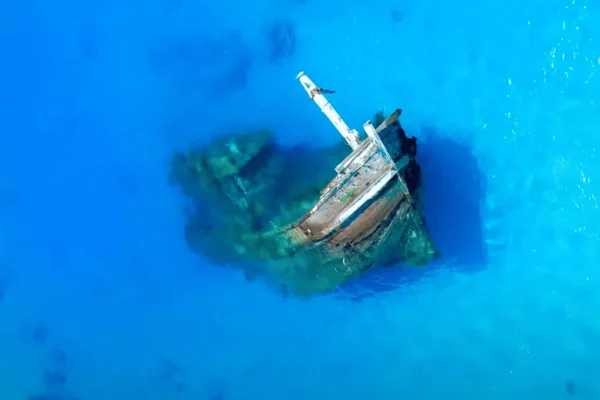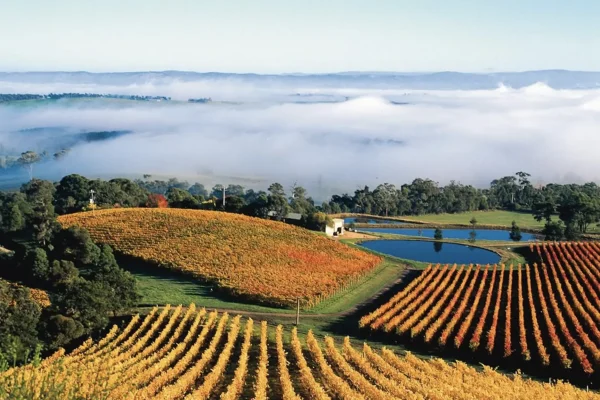The Great Ocean Road, along Victoria’s southern coast, is not just a beautiful drive but a piece of history that honours the men and women who served in World War I. This 243km stretch of road is the world’s largest war memorial and is a remarkable road that celebrates the bravery and determination of the soldiers who came home. Today, it’s a mecca for tourists, with stunning ocean views, coastlines and historic towns. As you drive this road, you’ll see the natural beauty, dramatic landscapes and the history of the road’s construction – a true blue Aussie spirit of commemoration and connection.
The Need for a Coastal Route
Before the construction of the road, navigating Victoria’s rugged west coast meant battling rough terrain, isolated towns, and unpredictable weather. A direct coastal road was urgently needed to connect Victorian towns and spur the growth of coastal settlements. The Great Ocean Road met this need, transforming the region into a thriving tourist hotspot and a vital travel route.
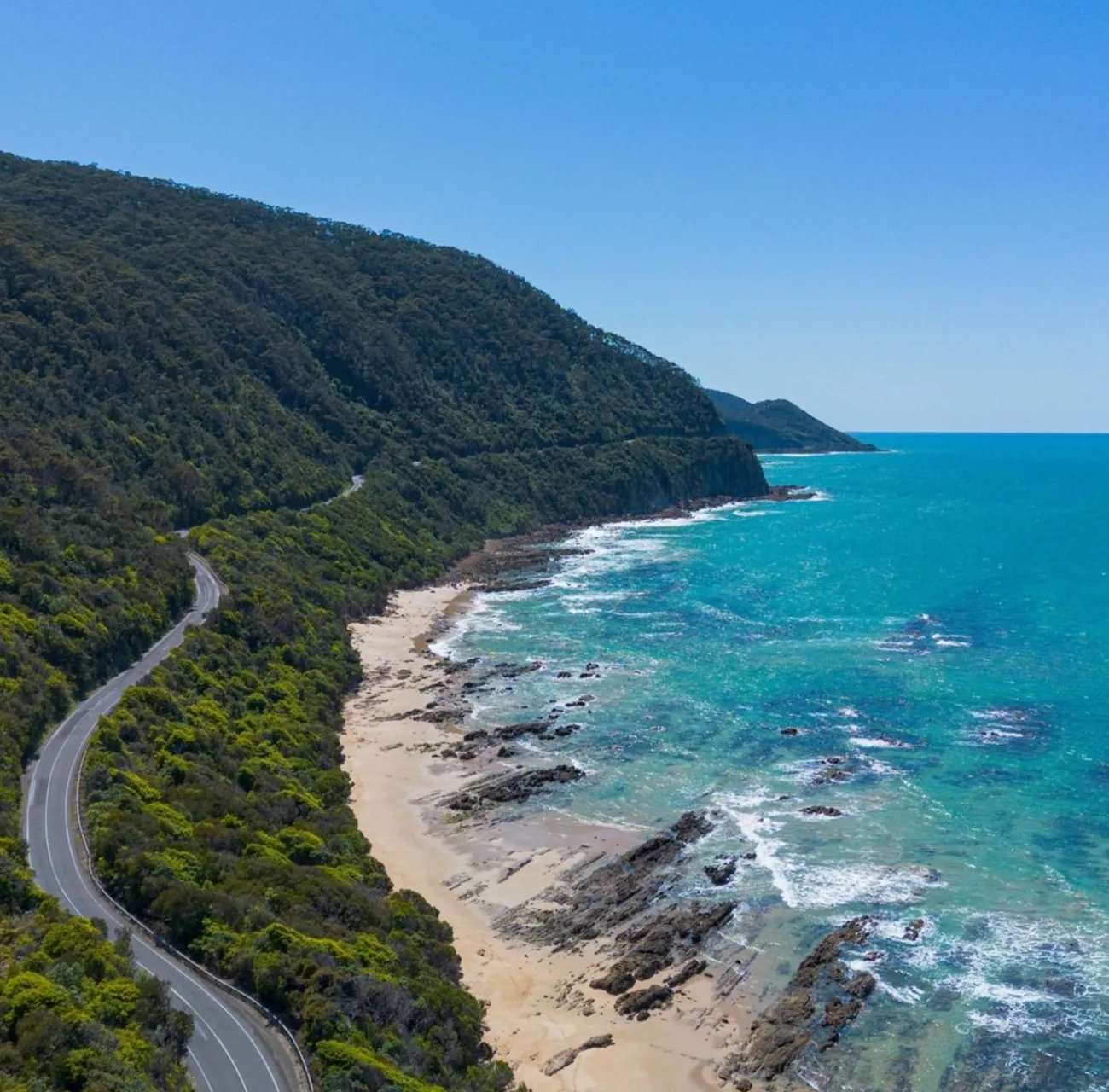
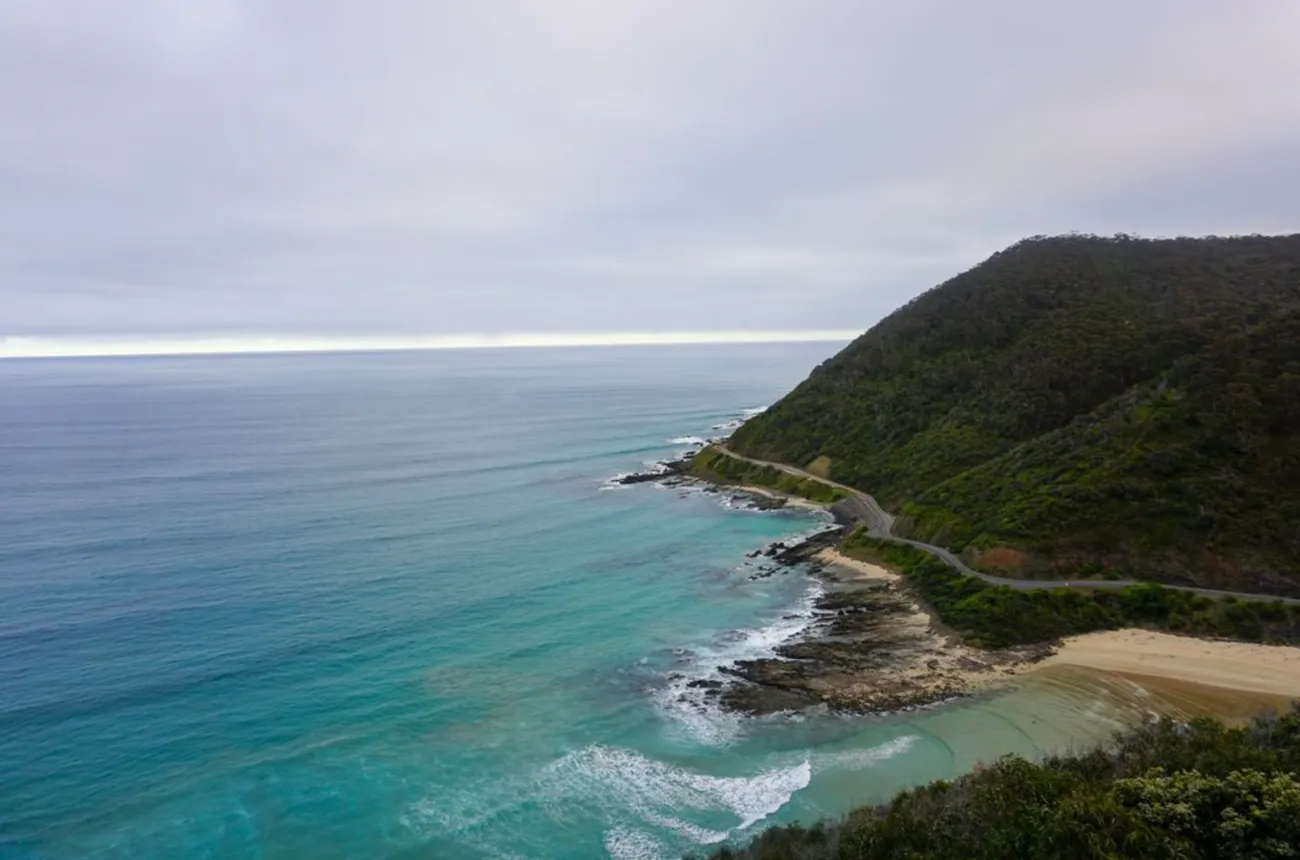
Planning for a Scenic Coastal Road
The idea for the Great Ocean Road was born out of necessity and vision. Initially, the plan was to build a scenic coastal road that would connect Victoria’s rocky coast and coastal settlements, making travel and commerce easier. In the early 20th century, travelling along the coast was tough, with isolated towns connected by horse tracks, coastal drives, and treacherous sea routes. The planners wanted this road to showcase the natural beauty of the area – its rocky cliffs, rainforests and views – and make it a tourist destination. This ambitious plan, led by Howard Hitchcock and other pioneers, also wanted to be a permanent memorial for the soldiers who served in World War I, a utilitarian memorial along the Victorian towns and coastal scenery.
The Building of the Road
The Great Ocean Road was built in 1919, and soldiers were on the roads doing the hard yards. With limited resources, they cleared rocky coastlines and rugged cliffs, often using hand tools in extreme weather. The task was backbreaking, blasting through limestone cliffs and hauling debris over rough terrain. This was a major engineering feat for its time, requiring brains and brawn to navigate steep cliffs and rough terrain while keeping safe.
This was the Aussie spirit in action. It is a major engineering feat that showed human endurance and determination to build a lasting memorial without the machinery we take for granted today. Howard Hitchcock was a key player in the project and made sure the road would be a memorial to those who died in the war. Parts of the road are dedicated to him, including the Hitchcock Memorial. The legacy of this construction still amazes travellers who appreciate the effort and history in every bend of the road.
Timeframe for Completion
It took over 10 years to complete the Great Ocean Road, with work done in stages due to the challenges. The road had extreme weather, rocky cliffs and steep slopes to contend with. Despite the delays it was finally opened in 1932. The Memorial Arch at Eastern View was unveiled to commemorate the occasion and to acknowledge the soldiers and the communities they connected. The arch still stands today as a historic landmark, a reminder of the sacrifices and hard work that went into this amazing road.
It wasn’t all smooth sailing. Funding and resources were scarce and the work was slow. Soldiers battled through tough terrain and bad weather, completing sections as they went. The impact of these soldiers is still felt in the road’s design and it’s a well preserved piece of history, a testament to the partnerships between communities, planners and soldiers who built it.
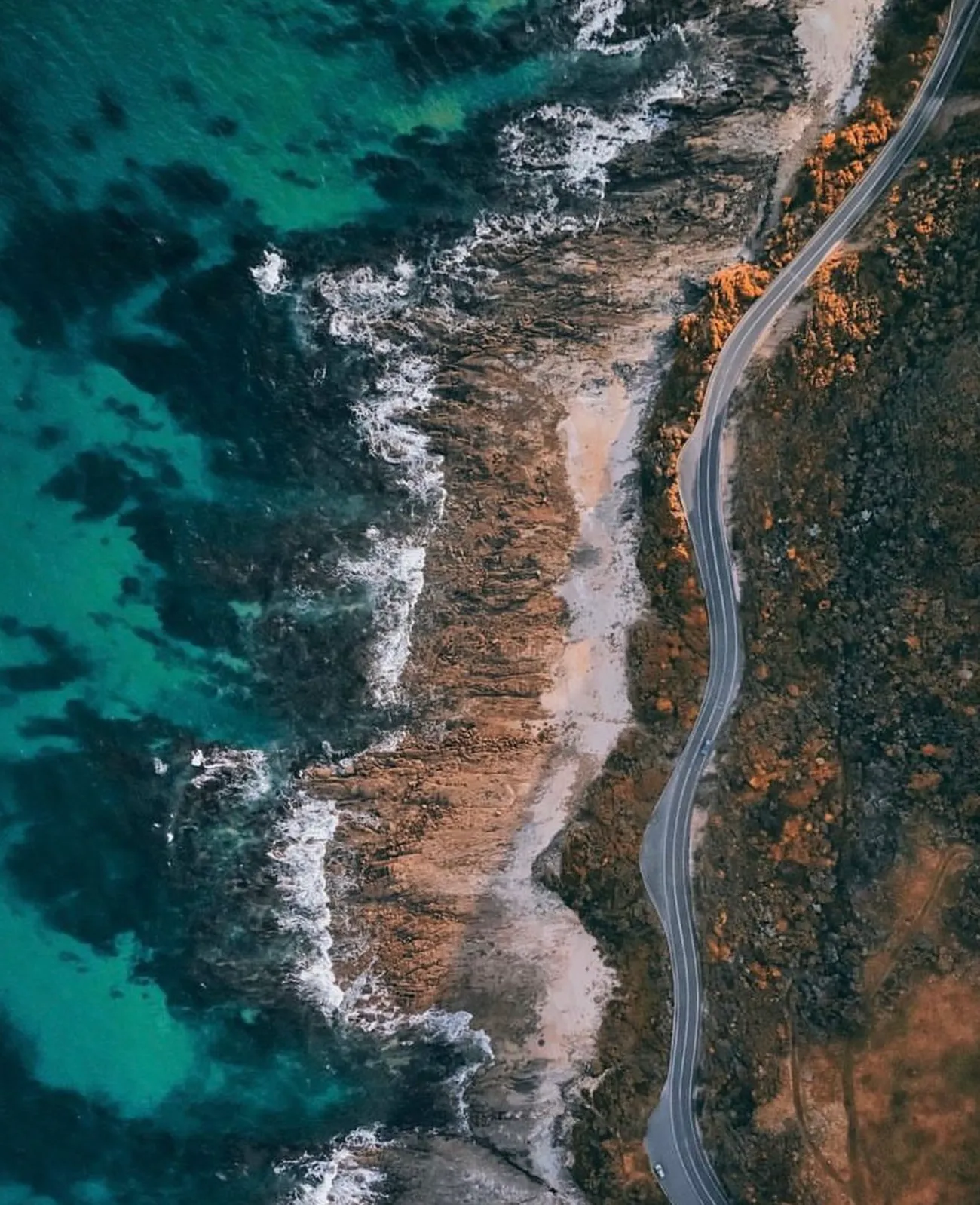
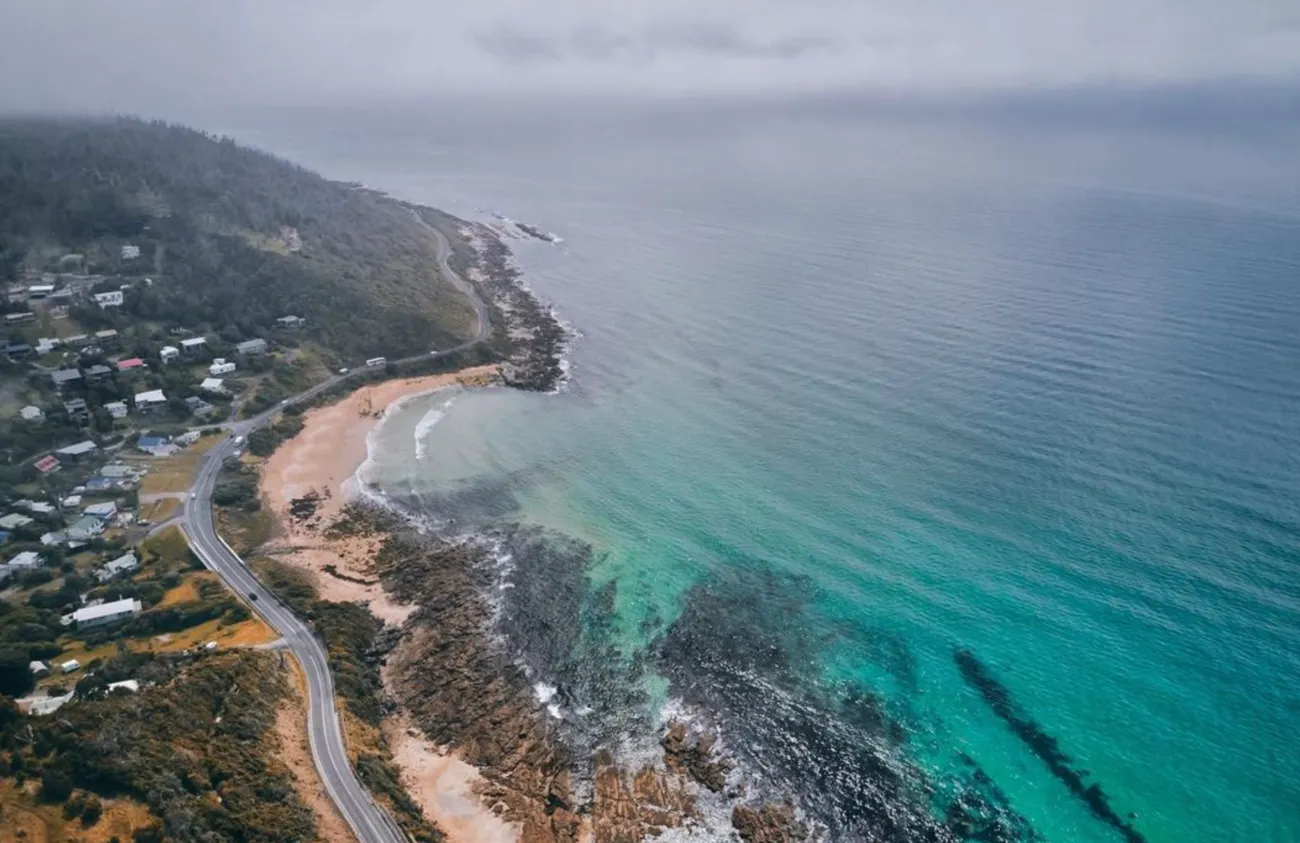
The Essential Facts
The Great Ocean Road is now the world’s largest war memorial, dedicated to the 60,000 Australians who died in WWI. It’s 243km long and has countless lookouts, wildlife and historical sites. The road is more than just a practical route – it’s a reminder of the sacrifices of Australian soldiers and a symbol of unity and strength.
Heritage Buildings
The Great Ocean Road has many heritage buildings that give a glimpse into Victoria’s past. Notable sites include the Split Point Lighthouse at Aireys Inlet and various guesthouses and inns that have been standing for over 100 years. These buildings are not only architectural heritage but also tell the stories of the people who lived, worked and travelled through these areas. The lighthouse with its stunning views of the coastline is a reminder of the early days of navigation and the coastal communities that have survived through the years.
Port Fairy and Lorne’s historic ports give a glimpse into the past and the region’s role as a trading and settlement hub. Preserving these buildings keeps the connection to the past and lets visitors experience the region’s rich heritage, from Victorian architecture to Aboriginal sites.
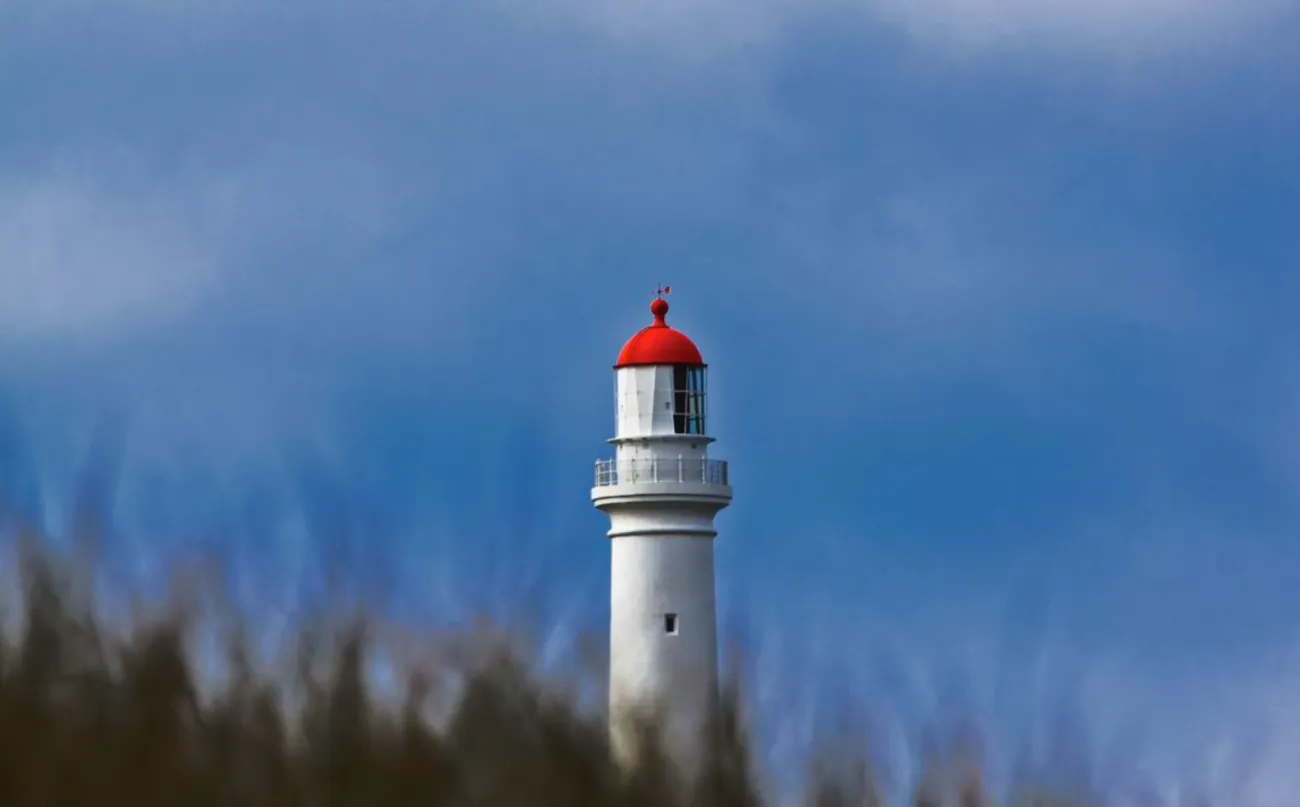
Significant Towns Along the Route
The Great Ocean Road runs through a variety of historic towns, each offering unique experiences. Torquay, known for its world-famous Bells Beach, is a favourite among surfers and beach lovers. Lorne, a picturesque town nestled amid the Otway Ranges, offers a blend of culture, nature, and relaxation. The rugged cliffs of Apollo Bay and the secluded natural beauty of Port Campbell are highlights of the journey, with coastal scenery and quaint seaside charm.
Each of these towns has its own character, from the historic shipwrecks of Port Campbell to the charming architecture of Port Fairy. Coastal towns along the Great Ocean Road celebrate their history through festivals, museums, and attractions that tell the stories of early European settlements and famous shipwrecks that occurred along the coast. These towns contribute to the road’s role as an iconic tourist destination, rich in history and natural beauty.
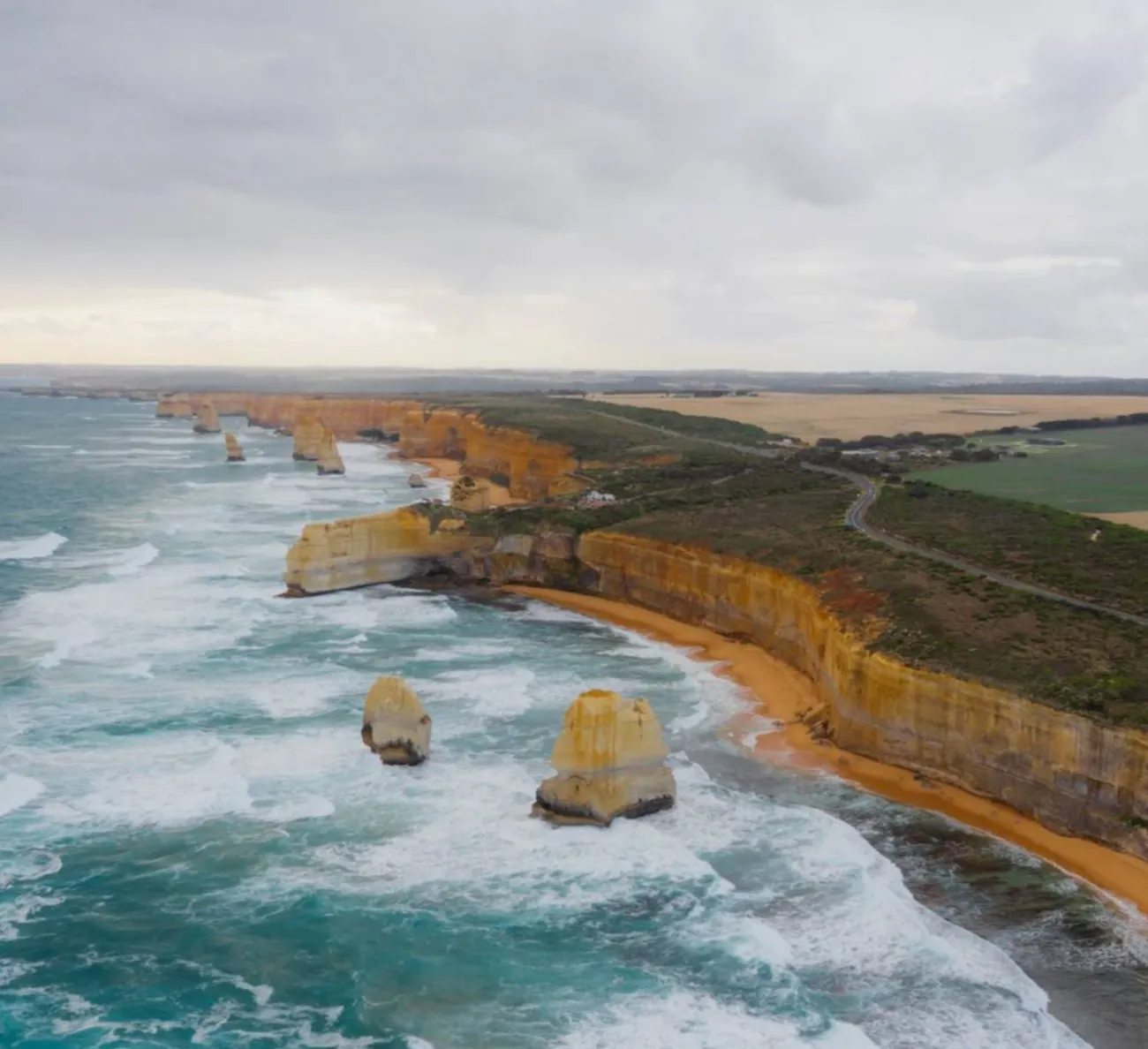
Ocean Road Today
Today the Great Ocean Road is one of Australia’s most popular coastal drives with millions of visitors each year. Its natural wonders, including ocean views and landscapes will make it a must do for any road tripper. The preservation of the road is ongoing with communities and local authorities working to protect its history and natural beauty.
This drive, with its ocean views and endless points of interest, will continue to capture the hearts of those who travel along it. From rugged coastlines to picturesque Victorian towns, the Great Ocean Road is a testament to Australia’s strength, history and natural beauty. For those starting in the city, a Great Ocean Road tour from Melbourne is the perfect way to experience this iconic journey.
FAQ
Why is the Great Ocean Road the largest war memorial in the world?
The road was built by returned soldiers in memory of those who served in World War I so it’s the world’s largest war memorial and a piece of history along the Victorian coast.
What were the challenges during the building of the Great Ocean Road?
Soldiers faced extreme weather, rough terrain and limited resources. They had to navigate sheer cliffs and rough terrain, it was an engineering feat of its time.
What to see along the Great Ocean Road?
Twelve Apostles, Memorial Arch, Split Point Lighthouse, and historic towns like Torquay, Lorne, and Port Fairy all have their own history and views.
Who was Howard Hitchcock, and what was his role in building the road?
Howard Hitchcock was the driving force behind the Great Ocean Road; he funded and oversaw the construction of the road as both a road and a memorial. The Hitchcock Memorial is in his honour.
When to visit the Great Ocean Road?
November to April is the best time, but winter has its own magic. Check with the Visitor Information Centres along the way for seasonal tips.


